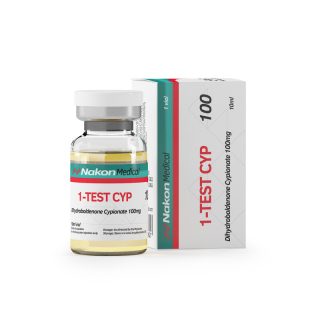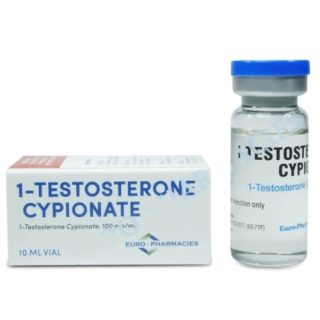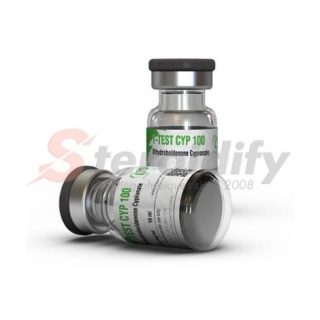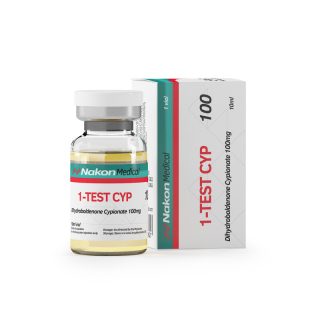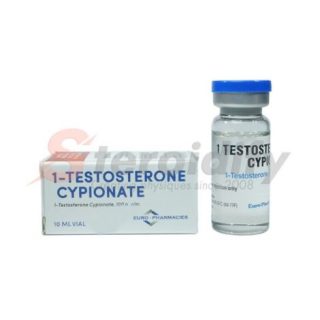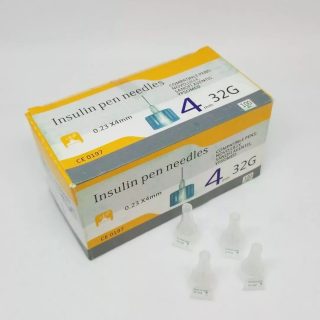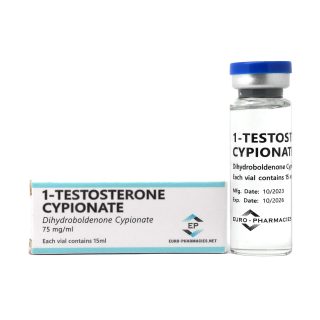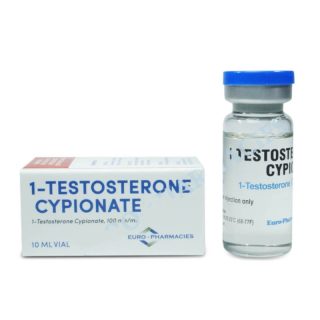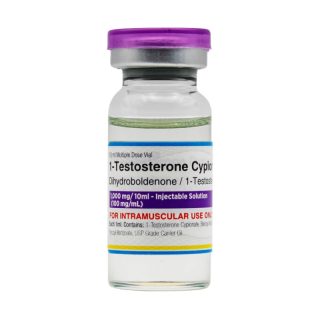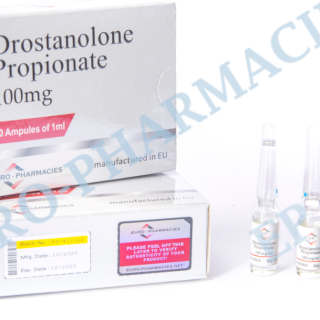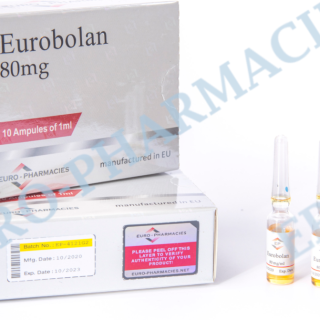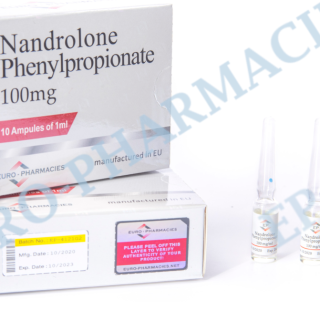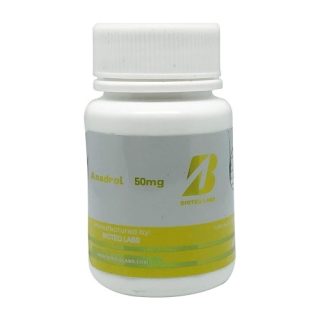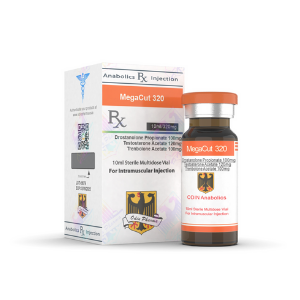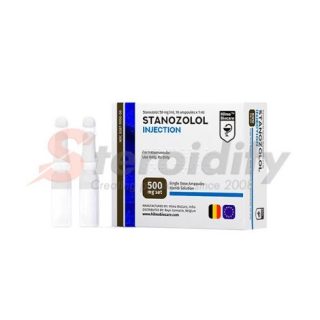Application Testosterone
Pharmacodynamics
A major endogenous androgen responsible for the growth and development of the male reproductive organs and the maintenance of secondary sexual characteristics. These effects include growth and maturation of the prostate, seminal vesicles, penis and scrotum; development of male-type hair distribution such as on the face, pubis, chest and axillae; enlargement of the larynx, thickening of the vocal cords and changes in body musculature and fat distribution.
Androgens also cause retention of nitrogen, sodium, potassium and phosphorus and decreased urinary excretion of calcium. Androgens increase protein anabolism and decrease protein catabolism. Nitrogen balance is improved only with adequate caloric and protein intake.
In many tissues, testosterone activity depends on reduction to dihydrotestosterone, which binds to receptor proteins in the cytosol. The steroid-receptor complex is transported to the nucleus where it initiates transcription events and cellular changes associated with the action of androgens.
Androgens are responsible for the growth spurt during adolescence and for the eventual cessation of linear growth caused by the fusion of epiphyseal growth centres. In children, exogenous androgens accelerate linear growth rate but may cause disproportionate acceleration of bone maturation. Long-term use may lead to fusion of epiphyseal growth centres and cessation of the growth process. Androgens stimulate red blood cell production by increasing the production of erythropoietic stimulation factor.
During exogenous administration of androgens, the release of endogenous testosterone is suppressed by feedback inhibition of LH. At high doses of exogenous androgens, spermatogenesis may also be suppressed through feedback inhibition of FSH. There is no convincing evidence for the efficacy of androgens in fractures, surgery and functional uterine bleeding.
Insufficient testosterone secretion results in a clinical syndrome, male hypogonadism, which has two major etiologies. Primary hypogonadism is caused by defects in the gonads such as Klinefelter syndrome or aplasia of Leydig cells, secondary hypogonadism is the inability of the hypothalamus (or pituitary gland) to produce sufficient LHRH (or goandotropins – FSH or LH).
Pharmacokinetics
Absorption and distribution
Testosterone esters are less polar than free testosterone. When oil solutions are administered intramuscularly, testosterone esters are absorbed from the lipid phase and testosterone is released as a result of side chain cleavage by tissue esterases.
Testosterone in plasma is bound to specific HSPG (up to 98%), the remainder is bound to albumin or is in the free state.
In transdermal administration, systemic absorption is 10% of the administered dose.
The time to peak levels is 7 days (median; range, 4 to 42 days) for testosterone undecanoate when administered intranasally, 40 min when administered intranasally, 8 h (range, 4 to 12 h) when administered transdermally, 2 to 5 h when administered orally, and 11 h (median; range, 5.8 to 166.7 h) when administered as a p/w implant (testosterone enanthate).
The duration of action depends on the route of administration and ester type and ranges from 2 to 4 weeks for testosterone cypionate and enanthate and 18 weeks for testosterone undecanoate. The duration of action for external use is 24 h.
Metabolism
Testosterone is metabolised in the liver to various 17-ketosteroids by two different pathways. The main active metabolites of testosterone are estradiol and dihydrotestosterone.
Excretion
The T1/2 of testosterone varies considerably from 10 to 100 min. The T1/2 of testosterone cypionate when administered by i/m injection is approximately 8 days.
About 90% of the testosterone dose administered intravenously is excreted with urine as conjugates with glucuronic acid, sulfuric acid and other metabolites. About 6% of the dose is excreted in the faeces, mainly in the unconjugated form.
Use of substance Testosterone
Delayed puberty in males (v/m, p/k).
Hypogonadotropic hypogonadism (congenital or acquired) – deficiency of gonadotropin or LHRH or pituitary-hypothalamic damage by tumours, trauma or radiation (all routes of administration).
Primary hypogonadism (congenital or acquired) – treatment of testicular insufficiency caused by cryptorchidism, bilateral torsion, orchitis, testicular extinction syndrome, orchiectomy, Klinefelter syndrome, chemotherapy, or toxic damage from alcohol or heavy metals (all routes of administration).
Progressive inoperable metastatic metastatic breast cancer in postmenopausal women 1 to 5 years postmenopausal (v/m, adjuvant treatment). Use may be considered in premenopausal women with hormone-dependent breast cancer who have undergone ovariectomy.
Contraindications
Hypersensitivity to testosterone and its esters, breast cancer (in men), prostate cancer (known or suspected), pregnancy, lactation, use in women who are able to become pregnant.
Supplements
- For depot testosterone (testosterone cypionate) – serious heart, liver or kidney disease;
- for testosterone enanthate (p/k) and undecanoate (orally) – use in men with hypogonadic conditions unrelated to structural or genetic aetiology (e.g. age-related hypogonadism).
Limitations of use
The safety and efficacy of testosterone use in men with age-related hypogonadism (late-onset hypogonadism) have not been established. However, it is recommended that testosterone therapy be offered to patients with symptoms of testosterone deficiency who have persistently and unequivocally low morning blood testosterone concentrations. In men over 65 years of age, treatment should be initiated only on an individual basis and after consultation with the patient regarding the risks and benefits of such treatment.
Use in pregnancy and lactation
Use is contraindicated in pregnancy and breastfeeding, as well as in women who are able to become pregnant.
Testosterone can cause fetal harm when administered to a pregnant woman and can cause serious adverse reactions in infants. Exposure of the fetus or infant to androgens may result in varying degrees of virilisation.
Showing 1–16 of 5245 results
